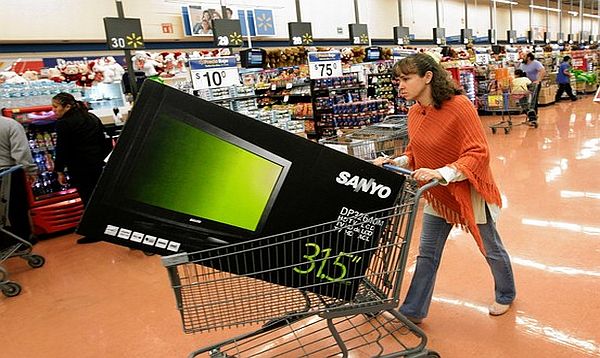According to statisticians, the Mexican middle class is booming. A study carried out by Mexico's National Institute of Statistics and Geography (INEGI) found that "la media clase" now represents 39.2% of Mexico's population, that's 44 million people. But what does middle class really mean in Mexico?
In the world of politics, social class is often used to demonstrate improvements made by the government (or to suggest the failings of its predecessors). Mexico's president, Enrique Peņa Nieto, has recently vowed to raise 15 million Mexicans from poverty by tripling economic growth. It therefore suits the current Mexican government to classify people as middle class as it demonstrates socio-economic development.
Nevertheless, in real terms, the new Mexican middle class does not have the same prospects as the US and European middle classes, especially when it comes to education. But this is changing, and access to education presents big opportunities, not only for the next generations of Mexicans, but also for businesses looking to invest in the region.
Opportunities for Business
 |
In this 2013 Reuters article, the president of the Latin American Retail Connection, Franco Calderon, explained that there is a definite uptick in interest from brands that just a couple of years ago he never imagined would be calling them and saying they were interested in Latin America and wanted to know more about business opportunities in Mexico.
This interest is evidenced in the growing presence of retail stores across Mexico. According to an extensive study by the Wilson Center, the number of units of department stores, auto repair shops and convenience stores grew 44% between 1998 and 2008 and this rate of growth is continuing. However, although sales of consumer luxury goods are rising, critics say that Mexico's current middle-class spending is unsustainable and that their social mobility is volatile. Few have savings, health insurance or pensions.
For businesses looking to invest in Mexico, a longer term, more sustainable, perspective would be to invest in the next generation, who are more likely to be members of a more established middle class. According to Xochitl Chavez, a self-proclaimed middle class professional living in Guadalajara, Mexico: "middle class children are now getting a good education to maintain their middle class position and they most likely stay in that class because of the life their parents have made for them."
 |
Nowadays, the vast majority of Mexican kids are getting an education. One argument is that this is due to the fall in fertility rates. Fifty years ago seven children per mother was an average compared to just two children per mother nowadays. As a result, parents can now afford to invest in their children's education.
Regardless of the definition of what makes a person middle class, it is clear that Mexicans have ever more disposable income and increased access to education. This inevitably has positive implications for the next generations and their employment opportunities. Today's middle classes like to shop but their children will have more stable purchasing power based on their enhanced education, improved employment prospects and greater access to credit.
Across Research anticipates that middle class Mexican kids currently going through the education system represent a large potential market and an investment opportunity for international brands. Their opinion is that companies would be wise to start building connections and nurturing relationships with these future Mexican buyers right now.
Excerpted from a blog on AcrossResearch.com.


